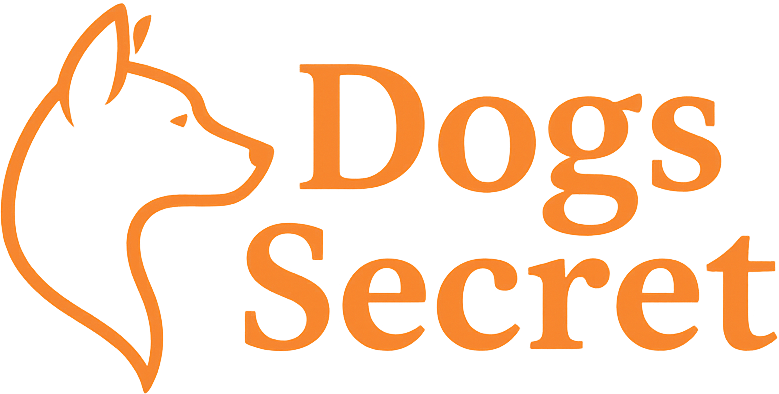Does your dog bark, whine, destroy furniture, or panic every time you leave the house? If so, they may be suffering from separation anxiety—a common behavioral issue in dogs that stems from fear of being left alone.
The good news? With patience, structure, and the right training techniques, separation anxiety can be managed and even overcome. In this guide, we’ll explore the causes, symptoms, and most effective solutions for helping your dog feel calm and secure when home alone.
What Is Separation Anxiety?
Separation anxiety occurs when a dog becomes distressed or panicked due to being separated from their owner or family. It goes beyond mild boredom—this is an emotional response rooted in fear or over-attachment.
Common Signs of Separation Anxiety
- Excessive barking or howling when left alone
- Destructive chewing or scratching (especially near doors/windows)
- Pacing or restlessness
- Accidents indoors despite being house trained
- Drooling, trembling, or panting
- Escape attempts (digging, breaking out of crates)
- Overexcitement upon return
Note: These behaviors typically begin within minutes of you leaving.
Causes of Separation Anxiety
- Sudden changes (new home, schedule, or owner)
- Trauma or abandonment in the past
- Lack of alone-time training as a puppy
- Over-dependence on one person
- Being rehomed or adopted
Some breeds are also more prone to anxiety, especially those with strong attachment traits (e.g., Border Collies, Vizslas, German Shepherds).
Step-by-Step Plan to Reduce Separation Anxiety
Step 1: Start with Short Absences
Don’t leave for hours right away—start small.
What to do:
- Leave for 1–5 minutes, then return calmly
- Gradually increase the duration over several days or weeks
- Stay calm when leaving and returning—no big goodbyes or hellos
- Avoid emotional cues that create anticipation (grabbing keys, shoes)
Some breeds are also more prone to anxiety, especially those with strong attachment traits (e.g., Border Collies, Vizslas, German Shepherds).
Step 2: Build Independence at Home
Encourage your dog to enjoy alone time even while you’re home.
How to train independence:
- Use a crate, pen, or “place” command to create space
- Give chew toys or stuffed Kongs during alone time
- Don’t follow your dog around the house or allow them to follow you everywhere
- Gradually increase time in a separate room with the door closed
This reduces the constant attachment and helps your dog build confidence.
Step 3: Create Positive Associations with Alone Time
Make being alone a rewarding experience.
Ideas:
- Frozen Kong stuffed with peanut butter or dog food
- Snuffle mat or treat puzzle
- Special toy they only get when you’re gone
- Calming music or white noise
Only give these items when you’re leaving—then remove them once you’re back.
Step 4: Desensitize Departure Cues
Dogs often react to small routines that signal you’re leaving (grabbing keys, putting on shoes).
Desensitization plan:
- Pick up keys or put on shoes without leaving
- Sit back down or go into another room
- Repeat until your dog no longer reacts to those cues
This breaks the link between “cue” and “panic.”
Step 5: Try Calming Tools
Some dogs benefit from additional support during training.
Options include:
- Calming pheromone diffusers (like Adaptil)
- Anti-anxiety wraps (Thundershirt)
- Licki mats for soothing licking behavior
- Veterinary-approved supplements
- In severe cases: consult a vet about medication as part of a behavior plan
Never sedate your dog without professional guidance.
What Not to Do
- ❌ Don’t punish anxiety-related behavior—it only increases stress
- ❌ Don’t force crate use if your dog panics inside
- ❌ Don’t rush the process—this takes weeks to months
- ❌ Don’t make departures or arrivals dramatic
Always work at your dog’s pace to build true emotional stability.
When to Get Professional Help
If your dog is injuring themselves, breaking out of crates, or cannot be left alone even for a few minutes, seek help from:
- Certified Dog Behavior Consultant (IAABC)
- Veterinary Behaviorist
- Positive-reinforcement trainer with experience in anxiety cases
Early intervention can prevent worsening symptoms.
Conclusion
Final Thoughts on Separation Anxiety in Dogs
Separation anxiety isn’t disobedience—it’s fear. With the right approach, your dog can learn to feel safe, secure, and confident when you’re away. Through gradual training, positive reinforcement, and patience, even the most anxious dogs can regain peace of mind.
Need a printable plan or behavior tracker? Visit our Separation Anxiety Recovery Hub for checklists, training logs, and support.

